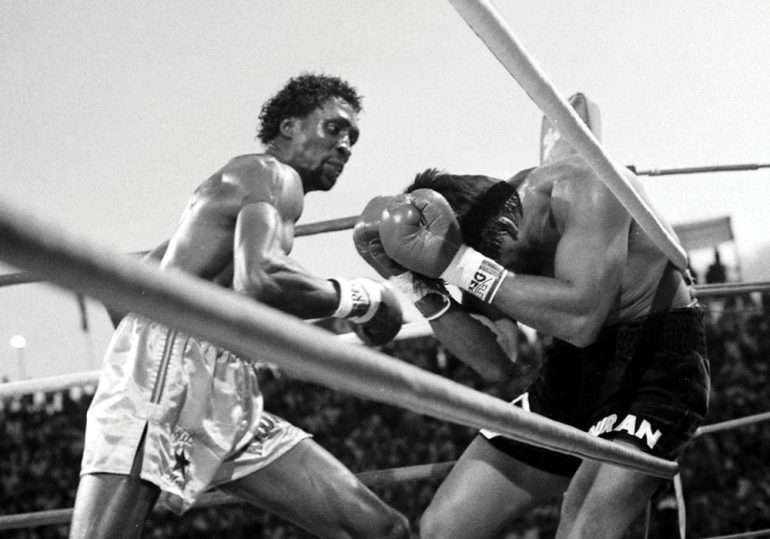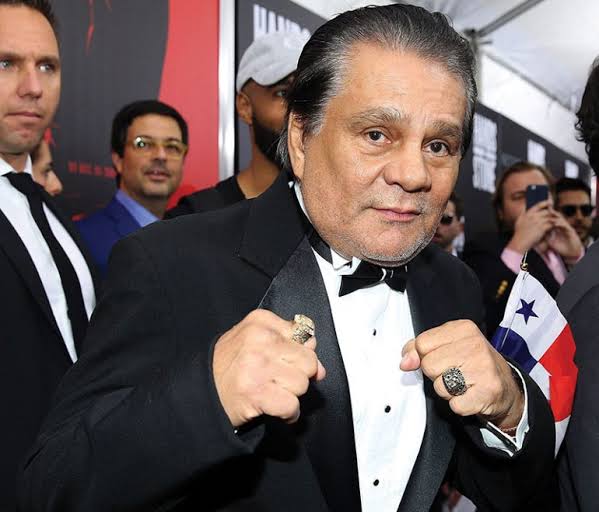From a certain perspective, the Caesars Palace outdoor arena resembled the skeleton of an abandoned amusement park. However, in a few hours, it would be buzzing with the crowd’s excitement as Thomas “Hitman” Hearns and Roberto “Manos de Piedra” Duran prepared to face off in a highly anticipated boxing match. Who wouldn’t want to witness that?
It was June 15, 1984. Having recently joined The Ring’s staff after over a decade as a freelancer, I was eager to see if my new position would earn me a prime seat. Leaving the media center, I stepped into Nevada’s scorching summer heat and headed to ringside. This pre-fight ritual often brings a mix of anticipation and potential disappointment about the view, but I was pleasantly surprised to find my seat just three rows from the ring, better than I expected.
Boxing has a unique rhythm that seems to dictate its fate, a randomness that has persisted since its inception. Sometimes the sport delivers mediocre results, sometimes bad, but occasionally it reaches phenomenal heights. The 1980s epitomized such a peak era, driven by an influx of exceptional boxers that rekindled interest among both the media and fans. This period wasn’t just about being in the right place at the right time; it was about having the right fighters at the right time.
Most of the 1980s predated the digital era, which drained the vitality from print media, and featured free weekly boxing matches on television, accessible without even needing cable. Some modern fans might be tired of hearing about boxing’s past glory, but the 1980s weren’t that long ago. Back then, the most desired matches happened swiftly and regularly.
This decade also witnessed some of the most celebrated fighters of the 20th century at their peak. None more so than Ray Leonard, Marvin Hagler, Hearns, and Duran. These fighters were well-known to the public, even if not everyone could recognize their faces. Today, they are collectively dubbed “The Four Kings” – a fitting title for George Kimball’s book, though the term has become somewhat clichéd from overuse.



